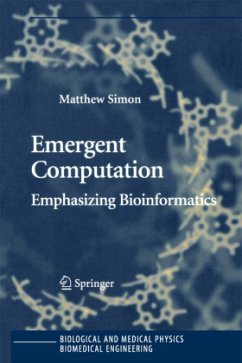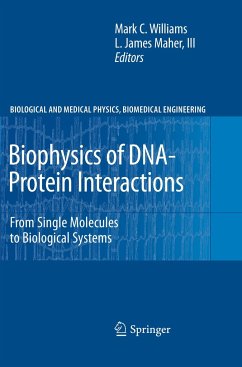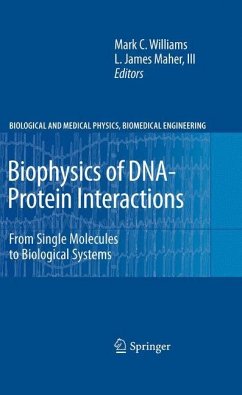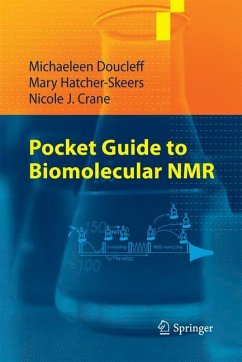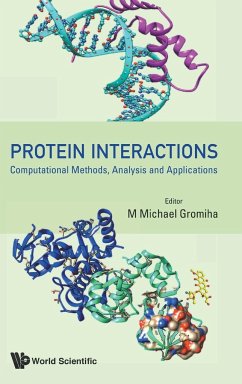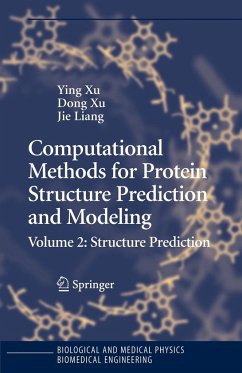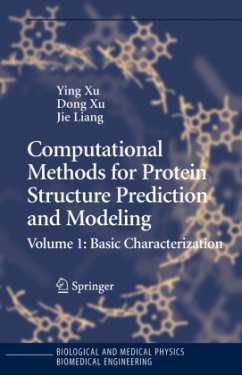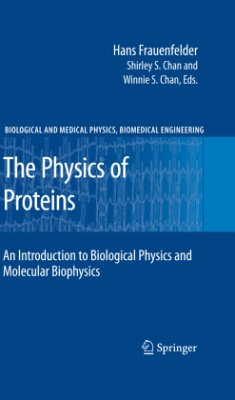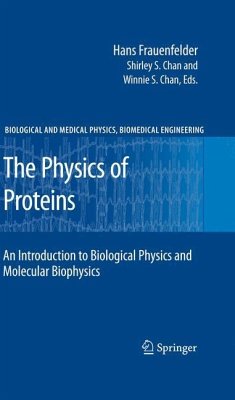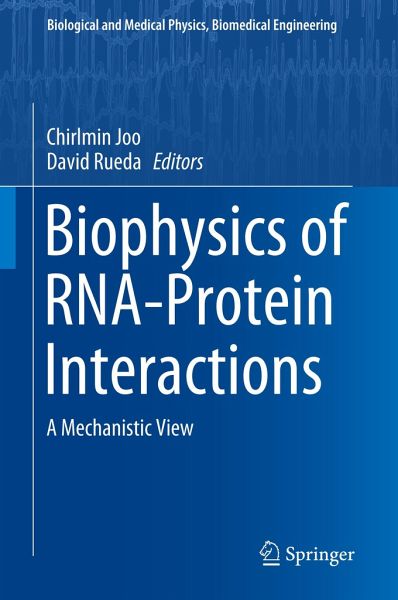
Biophysics of RNA-Protein Interactions
A Mechanistic View
Herausgegeben: Joo, Chirlmin; Rueda, David

PAYBACK Punkte
62 °P sammeln!
RNA molecules play key roles in all aspects of cellular life, but to do so efficiently, they must work in synergism with proteins. This book addresses how proteins and RNA interact to carry out biological functions such as protein synthesis, regulation of gene expression, genome defense, liquid phase separation and more.The topics addressed in this volume will appeal to researchers in biophysics, biochemistry and structural biology. The book is a useful resource for anybody interested in elucidating the molecular mechanisms and discrete properties of RNA-protein complexes. Included are reviews...
RNA molecules play key roles in all aspects of cellular life, but to do so efficiently, they must work in synergism with proteins. This book addresses how proteins and RNA interact to carry out biological functions such as protein synthesis, regulation of gene expression, genome defense, liquid phase separation and more.
The topics addressed in this volume will appeal to researchers in biophysics, biochemistry and structural biology. The book is a useful resource for anybody interested in elucidating the molecular mechanisms and discrete properties of RNA-protein complexes. Included are reviews of key systems such as microRNA and CRISPR/Cas that exemplify how RNA and proteins work together to perform their biological function. Also covered are techniques ranging from single molecule fluorescence and force spectroscopy to crystallography, cryo-EM microscopy, and kinetic modeling.
The topics addressed in this volume will appeal to researchers in biophysics, biochemistry and structural biology. The book is a useful resource for anybody interested in elucidating the molecular mechanisms and discrete properties of RNA-protein complexes. Included are reviews of key systems such as microRNA and CRISPR/Cas that exemplify how RNA and proteins work together to perform their biological function. Also covered are techniques ranging from single molecule fluorescence and force spectroscopy to crystallography, cryo-EM microscopy, and kinetic modeling.





